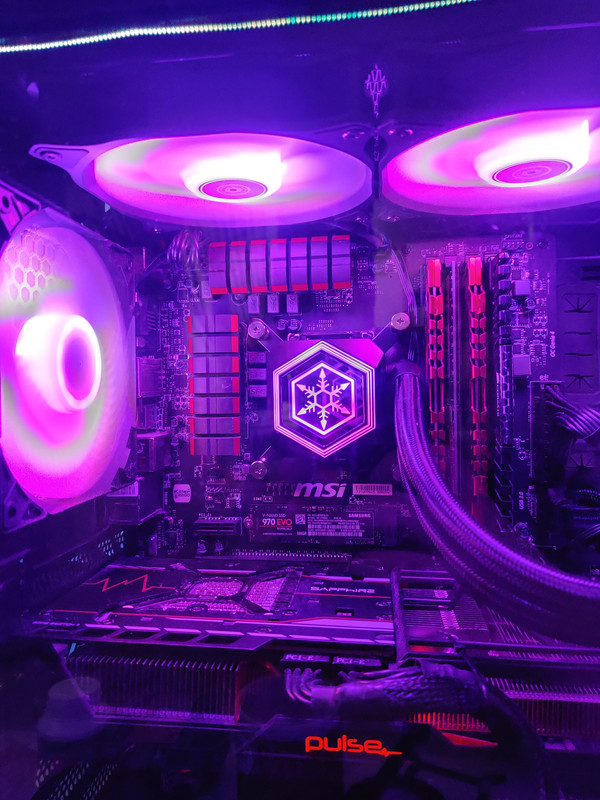Edit: was checking tests from 2019 and it does seem really good so i might just get a new one from rma, seems to outperform many air coolers and 280
https://www.techpowerup.com/review/silverstone-pf240-argb-aio-closed-loop-cpu-cooler/6.html
1)That was an 8700K. There's a lot at play here, but at the minimum, that cpu's die has a greater thermal density than the cpu's you're used to(32nm Vs 22nm Vs 14nm).
2)The test chassis was a Thermaltake Core P3. Practically an open bench system.
3)The biggest point, that I believe you overlooked, was the fans being run at 100% to get those results. That's where much of the performance comes from.
These products are advertised around 100%. Anything else may as well be icing on the cake.
Unfortunately, few can tolerate running fans like that regularly - users are more likely to run the fans slower, and hamper the performance seen in that link.
A fan's performance does not scale linearly either. Manufacturers don't really post fan curves, so how a fan performs at a given speed below 100% is anyone's guess.
This is where coolers equipped with 140mm fans can pull ahead, because at the same rpm they can move more air than 120mm.
4)You then might be persuaded to link, or point out the fan noise level and rpm chart.
It does not display fan sound profile. Many reviewers don't cover it, because what's tolerable varies individually.
Some fans can have annoying hums and whirrs, have them at specific rpm ranges, or when used in specific positions(push V pull, or horizontal and vertical).
140mm generally tend to have more tolerable sound profiles than 120mm.
This combined with noise level, allow the user to more comfortably run 140mm coolers at higher rpms, thus gain more performance.
5)Air resistance. While both an air cooler's finstack and an AIO's radiator present resistance, it's typically higher on an AIO radiator.
This means the penalty from running lower fan rpms is worse on an AIO.
This isn't even including the additional air resistance that may be present by whichever panel of the chassis you install the radiator against.
Your Armis AR6X EVO TG presents less resistance at the top than it does at the front.
I did mention that there wasn't much separating AIOs from one another besides fans, and there really isn't.
EDIT: I see this cooler only has a 2 year warranty - it used to be 1 year. I guess Silverstone doesn't have much confidence in this product...


